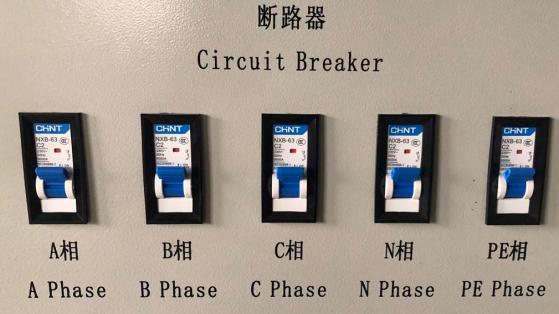Smoke Density Tester - Precision Measurement for Safety and Quality
The Importance of Smoke Density Testers in Fire Safety Compliance
In the realm of fire safety and prevention, smoke density testers play a crucial role in ensuring that materials used in construction and manufacturing meet the necessary safety standards. These instruments are designed to measure the density of smoke produced by burning materials, providing insights that are essential for fire safety compliance. Understanding the importance of smoke density testers can help industries make informed decisions regarding material selection and safety protocols.
Smoke density is a critical factor when evaluating the fire performance of materials. During a fire, the ability of a material to produce dense smoke can significantly affect visibility, complicate evacuation procedures, and increase the likelihood of smoke inhalation injuries. Smoke density testers quantify the obscuration of light caused by smoke particles, thereby providing a measure of how hazardous a given material can be in the event of a fire.
The testing process typically involves exposing a sample material to flames in a controlled environment and then measuring the amount of light that passes through the smoke created. The results are expressed in terms of percentage obscuration, giving manufacturers and safety officials quantitative data that is crucial to interpreting fire risk associated with specific materials.
smoke density tester

Regulatory bodies, such as the National Fire Protection Association (NFPA) and Underwriters Laboratories (UL), often set guidelines for smoke density levels that materials must adhere to in order to be considered safe for use. Compliance with these standards not only protects lives but also minimizes property damage in the event of a fire. Thus, smoke density testers are indispensable tools for manufacturers who need to demonstrate the fire performance of their products.
Additionally, the advancement in smoke density testing technology has enhanced the accuracy and reliability of results. Modern smoke density testers often come equipped with digital displays, remote sensing capabilities, and the ability to conduct tests without requiring extensive sample preparation. This innovation has streamlined testing processes and improved the overall efficiency of fire safety assessments.
Smoke density testers are not utilized solely in the manufacturing sector; they also play a vital role in regulatory and research environments. Fire safety professionals, regulatory agencies, and research institutions employ these devices to conduct comparative analyses of materials and develop new standards that reflect the latest understanding of fire risks and safety measures.
In conclusion, smoke density testers are essential instruments in the ongoing efforts to enhance fire safety standards. By providing critical data on the smoke-producing characteristics of materials, these testers help ensure that industries comply with safety regulations, thereby protecting people and property from the devastating effects of fires. As technology continues to advance, the importance of accurate and reliable smoke density testing will only grow, reinforcing the necessity for rigorous safety protocols across various sectors. Organizations that prioritize fire safety through diligent testing can contribute to a safer environment for all.
-
Why the Conductor Resistance Constant Temperature Measurement Machine Redefines Precision
NewsJun.20,2025
-
Reliable Testing Starts Here: Why the High Insulation Resistance Measuring Instrument Is a Must-Have
NewsJun.20,2025
-
Flexible Cable Flexing Test Equipment: The Precision Standard for Cable Durability and Performance Testing
NewsJun.20,2025
-
Digital Measurement Projector: Precision Visualization for Modern Manufacturing
NewsJun.20,2025
-
Computer Control Electronic Tensile Tester: Precision and Power for the Modern Metal Industry
NewsJun.20,2025
-
Cable Spark Tester: Your Ultimate Insulation Assurance for Wire and Cable Testing
NewsJun.20,2025
 Copyright © 2025 Hebei Fangyuan Instrument & Equipment Co.,Ltd. All Rights Reserved. Sitemap | Privacy Policy
Copyright © 2025 Hebei Fangyuan Instrument & Equipment Co.,Ltd. All Rights Reserved. Sitemap | Privacy Policy
